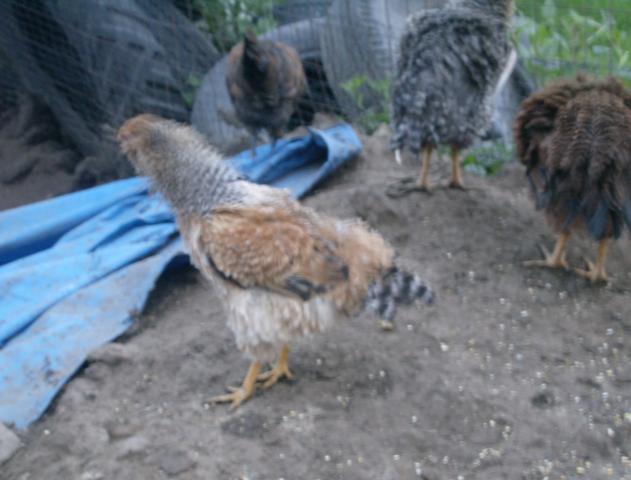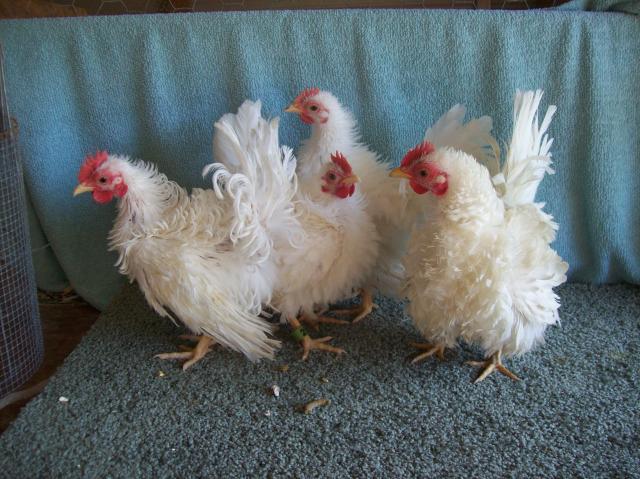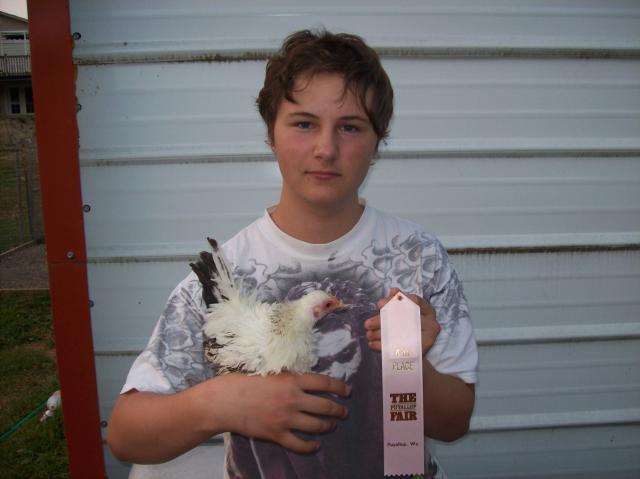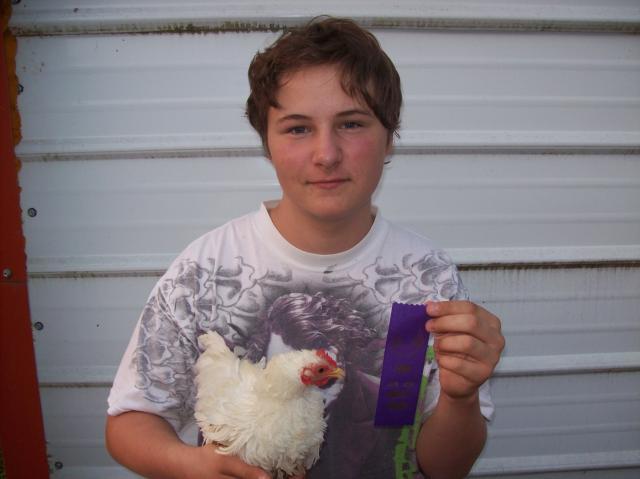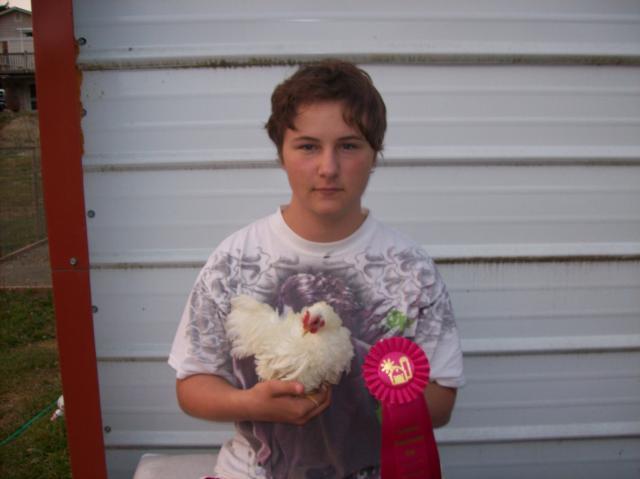Quote:
don't know anything about the specifics of frizzle genes, but if frizzle is a dominant gene, then if the bird contains either 1 or 2 copies of the gene, it will exhibit frizzle characteristics... this is because dominant genes override the expression of the normal gene. of course, this simplest case is true only if it's a single gene creating the frizzle effect.
so if you have a non-frizzle (normal bird) it can only have two normal genes and no frizzle genes.
breeding would, theoretically, work like this:
Normal parent (nn) x frizzle parent (Fn - one frizzle gene)
50% nn - normal, no frizzle chicks
50% nF - frizzle chicks
Normal parent (nn) x frizzle parent (FF - both copies are frizzle)
100% frizzle (nF) chicks
for frizzle x frizle crosses it would work like this:
Frizzle parent (Fn) x frizzle parent (Fn)
25% FF frizzle chicks
25% nn normal chicks
50% Fn frizzle chicks
Frizzle parent (FF) x frizzle parent (Fn)
50% FF frizzle chicks
50% Fn frizzle chicks
Frizzle parent (FF) x frizzle parent (FF)
100% FF frizzle chicks
to get a frizzle chick from normal (non frizzled) parents, you'd have to have a first generation mutation of the gene in the chick. thiis is rare, but could occasionally happen.
the percentates above are theoretical because there might be other factors, modifying genes, or environmental conditions which might affect the viability of one genetic combination or another, and result in skewing the numbers.
isn't science fun? hehee!
so since my sizzle hen produces smooth, silkie and frizzle feathered babies when bred with a silkie, she must be Ff
but what does that make her offspring? ff smooth I got, but what about the frizzles that are kinky not curly and as older babies look more silkie then frizzled.
